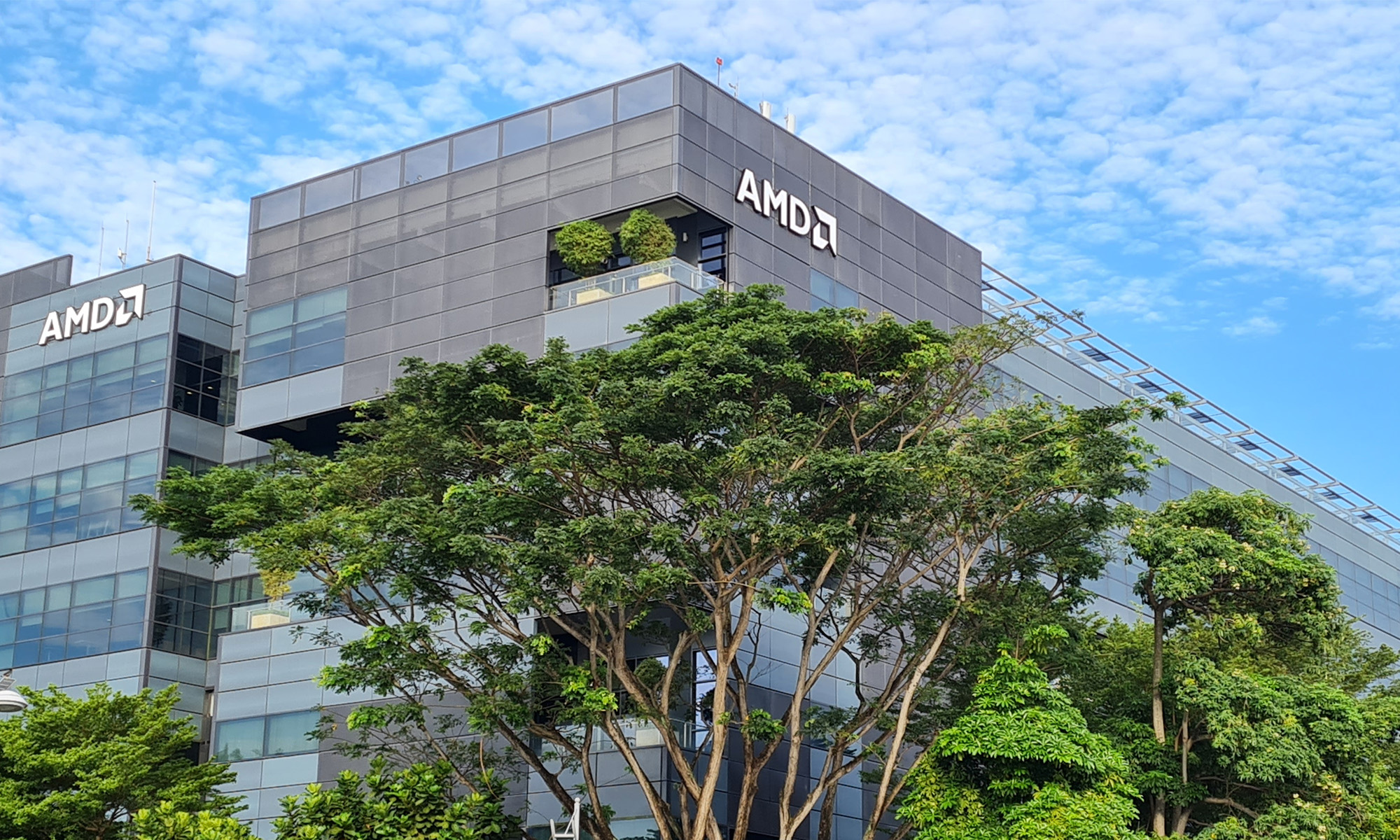Advanced Micro Devices (AMD 0.02%) made a big move on the acquisition front, agreeing to acquire ZT Systems. The move is being made to advance its artificial intelligence (AI) strategy and compete better against rival Nvidia (NVDA +2.92%).
Let's take a close look at the deal and how it will help the company moving forward.

NASDAQ: AMD
Key Data Points
Becoming a data center end-to-end solution provider
AMD will acquire ZT Systems for $4.9 billion in a cash and stock deal, with about 75% of it being cash. It expects the deal to close in the first half of next year.
ZT Systems designs and builds server, storage, accelerator, and other equipment for data centers. The acquired company is estimated to generate around $10 billion in revenue. It counts cloud computing giants Microsoft and Amazon among its largest customers. The deal will also bring with it about 1,000 ZTE engineers.
Upon the close of the deal, the company will look to sell ZT Systems' manufacturing business over the following 12 to 18 months. This is a lower-margin business that competes with Super Micro Computer.
The deal is clearly aimed at competing better against rival Nvidia, which has been moving beyond just selling graphic processing units (GPUs) and looking to sell end-to-end system solutions that include pre-assembled server racks, networking equipment (this stems from its prior Mellanox acquisition), and software. Server racks based on Nvidia's Blackwell architecture are expected to cost between $1.8 million for its GB200 NVL36 system and $3 million for its NVL72 system.
Given the price tag of these server systems, it should not be surprising that AMD wants to get into this arena. Full systems allow for faster deployments, which is important as cloud computing and other companies race to buildout their AI infrastructures. AMD also already had the networking component of these systems, so this seems like a natural extension.
In addition to this deal, AMD has made a number of smaller software acquisitions over the past year. These include Mipsology for AI inference and Nod.Ai for AI models last year and Silo AI this year. Silo AI has developed large language models (LLMs) that have been trained at scale on AMD Instinct accelerators.

Image source: Getty Images
Should investors buy AMD stock?
The acquisition of ZT Systems isn't likely going to make a serious dent in Nvidia's AI dominance. Nvidia is still the preferred provider of AI chips and systems, in large part because developers learned to program GPUs using its CUDA software platform. That's a wide moat to swim across.
However, AMD doesn't have to surpass Nvidia as the AI chip leader to be successful; it just needs to become a solid second viable option. After all, Nvidia is expected to generate over $100 billion in data center revenue this year, while AMD projects just $4.5 billion in AI chip revenue for the year.
So, for example, if AMD could go from a 5% market share to 10%, it would see a ton of AI growth. This would be due to a combination of huge market growth and taking a bit of share. The market for AI infrastructure is so insatiable that there is clearly room for another player to emerge.
From a valuation standpoint, AMD currently trades at a forward price-to-earnings (P/E) ratio of about 28 based on 2025 analyst estimates. Given the potential growth from AI in front of it, that's a reasonable valuation.
AMD PE Ratio (Forward 1y) data by YCharts. PE Ratio = price-to-earnings ratio.
I think AMD's prospects in the AI data center space just got a lot brighter with this acquisition, and as such, I would be a buyer of the stock around current levels. However, I also don't think this deal will have much impact on Nvidia or its long-term prospects. The market is growing so rapidly with still no signs of letting up, and there can be more than one winner in the AI chip space.






